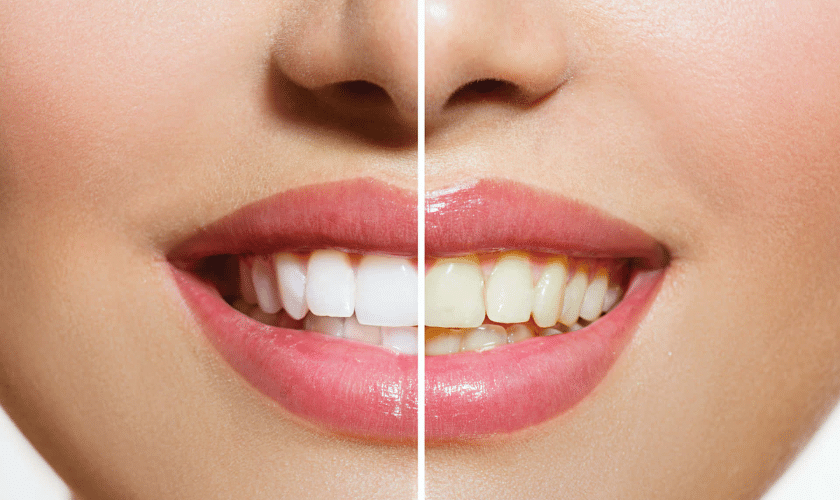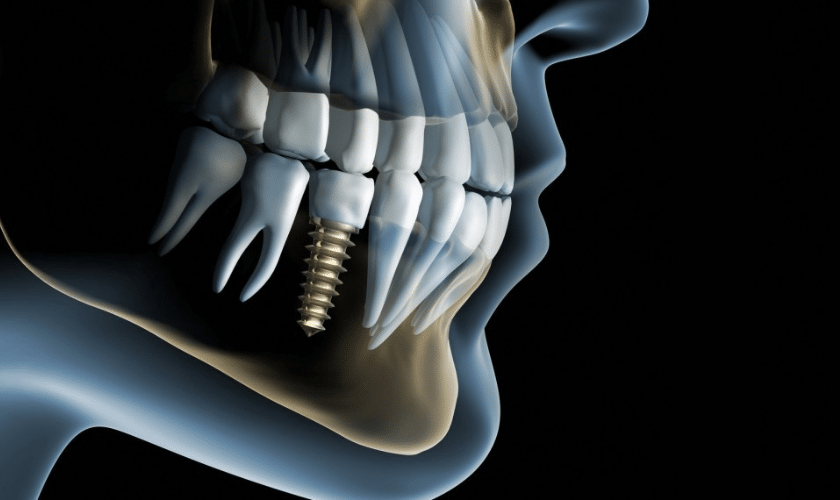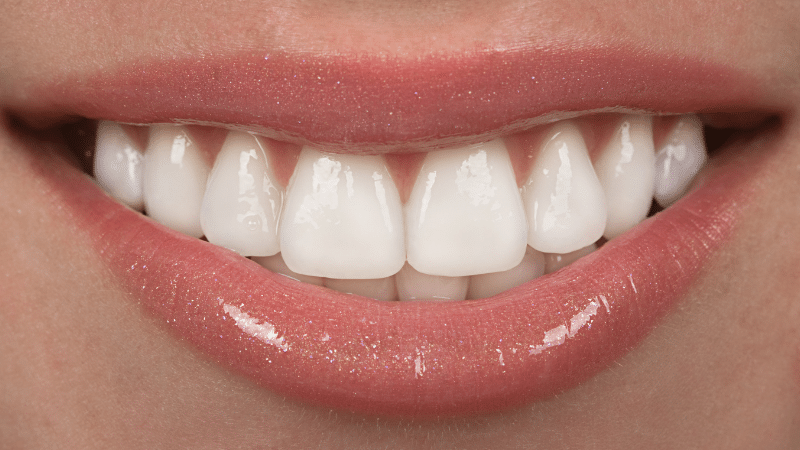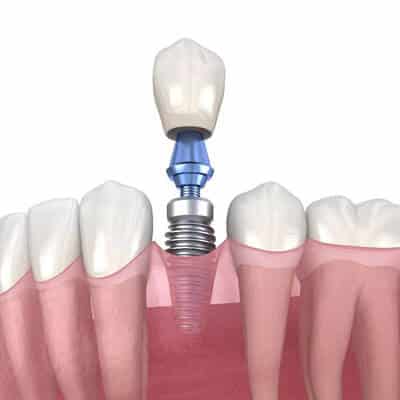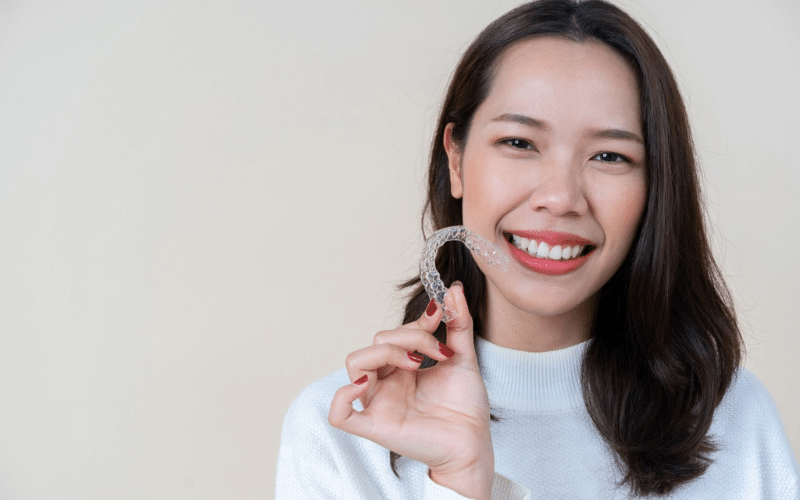
Invisalign has revolutionized orthodontic treatment, offering a discreet and comfortable alternative to traditional braces. However, like any orthodontic treatment, Invisalign aligners may occasionally cause discomfort, particularly if they’re cutting into the gums. In this comprehensive guide, we’ll explore the rising popularity of Invisalign, common reasons why aligners may cut the gums, and practical strategies to address and prevent this issue. Whether you’re currently undergoing Invisalign treatment or considering it in the future, this blog aims to provide valuable insights to ensure a smooth and comfortable smile journey.
The Rising Popularity Of Invisalign
In recent years, Invisalign has gained immense popularity among individuals seeking orthodontic treatment. Its clear aligners offer a virtually invisible solution for straightening teeth, making it an attractive option for both adults and teens. Unlike traditional braces, Invisalign aligners are removable, allowing for greater convenience and flexibility in daily life. Additionally, the ability to eat and drink without restrictions and the ease of oral hygiene maintenance are significant advantages that contribute to Invisalign’s widespread adoption.
Why Gums May Be Cut By Invisalign Aligners
While Invisalign aligners are designed to fit snugly over the teeth, certain factors may contribute to irritation or cutting of the gums. Here are some common reasons why this issue may occur:
Poorly Fitted Aligners: Inaccurate impressions or improper fabrication of aligners can result in ill-fitting trays that rub against the gums.
- Tooth Movement Discrepancies: Rapid or extensive tooth movements during treatment may cause aligners to shift position, leading to gum irritation.
- Initial Adjustment Period: It’s common for patients to experience initial discomfort or soreness as the gums adapt to the presence of the aligners.
- Biting or Chewing Habits: Excessive pressure or chewing on the aligners, particularly with hard or crunchy foods, can cause them to dig into the gums.
- Gum Sensitivity: Individuals with sensitive gums may be more prone to irritation from the edges of the aligners.
- Sharp Attachments or Buttons: In some cases, the presence of attachments or buttons on the teeth may create pressure points that irritate the gums.
- Inadequate Oral Hygiene: Poor oral hygiene practices, such as failing to clean the aligners regularly or neglecting to brush and floss properly, can lead to gum inflammation and irritation.
- Failure to Address Issues Promptly: Ignoring initial signs of gum irritation or discomfort can allow the problem to worsen over time.
- Underlying Medical Conditions: Certain medical conditions, such as gum disease or oral mucosal disorders, may exacerbate gum sensitivity and increase the risk of irritation from Invisalign aligners.
- Inadequate Professional Supervision: Inadequate oversight or follow-up by the treating dentist or orthodontist may result in unresolved issues with aligner fit or function.
Strategies To Address And Prevent Gum Irritation
While some degree of discomfort may be expected during the initial stages of Invisalign treatment, persistent or severe gum irritation should not be ignored. Here are some practical strategies to address and prevent this issue:
- Consult with Your Dentist or Orthodontist: If you experience persistent gum irritation or discomfort, schedule a consultation with your dentist or orthodontist to evaluate the fit of your aligners and address any underlying issues.
- Use Dental Wax or Orthodontic Relief Gel: Apply dental wax or orthodontic relief gel to the edges of the aligners to create a smooth barrier between the trays and the gums, reducing friction and irritation.
- File Sharp Edges: Use a clean nail file or emery board to gently smooth any rough or sharp edges on the aligners that may be causing irritation.
- Practice Proper Oral Hygiene: Maintain good oral hygiene habits by brushing and flossing your teeth regularly, as well as cleaning your aligners as instructed by your dentist or orthodontist.
- Avoid Excessive Pressure: Be mindful of biting or chewing on hard objects, and try to avoid habits that may put unnecessary pressure on the aligners and gums.
- Stay Hydrated: Drink plenty of water throughout the day to keep your mouth and gums hydrated, which can help reduce friction and irritation from the aligners.
- Follow Treatment Guidelines: Adhere to your dentist or orthodontist’s recommendations regarding wear time and aligner changes to ensure optimal treatment outcomes and minimize the risk of gum irritation.
- Take Breaks as Needed: If you experience significant discomfort or irritation, consider temporarily removing the aligners for short periods to allow your gums to rest and heal.
- Monitor Your Progress: Keep track of any changes or improvements in gum irritation over time, and communicate openly with your dental provider about your concerns and experiences during treatment.
Invisalign offers a convenient and effective solution for achieving a straighter smile, but occasional gum irritation can be a frustrating side effect for some patients. By understanding the potential causes of this issue and implementing practical strategies to address and prevent it, individuals can enjoy a more comfortable and enjoyable smile journey. If you’re experiencing persistent gum irritation or discomfort with your Invisalign aligners, don’t hesitate to reach out to your dentist or orthodontist for guidance and support. Your oral health and comfort are our top priorities, and we’re here to help you achieve the smile of your dreams.

